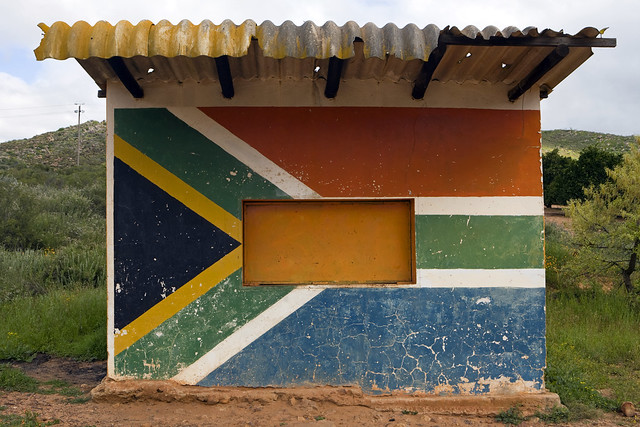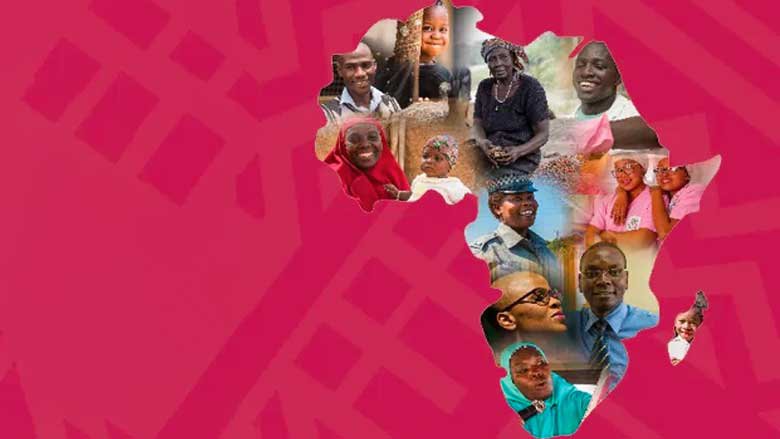South Africa sits at the southern tip of the African continent, sharing borders with Namibia, Botswana, Zimbabwe, Mozambique, and Eswatini, while completely surrounding Lesotho. The country’s population was estimated at 63 million in 2025, with women making up 51% (32.2 million) and men 49% (30.9 million). Youth between the ages of 15 and 34 number around 20.8 million, split almost evenly between 10.4 million males and 10.3 million females. South Africa recognizes 12 official languages, including English, Afrikaans, isiZulu, isiXhosa, and most recently South African Sign Language, with isiZulu and isiXhosa the most widely spoken at home.
Since the nation’s transition to democracy in the mid-1990s, notable social advances have been achieved. However, the momentum of progress has waned in recent years. Between 2005 and 2010, poverty levels declined from 75.5% to 65.8%. This downward trend then reversed, with the poverty rate rising to 66.2% in 2015 and estimated to have reached 68.1% in 2025. At the same time, public frustration has intensified due to poor service delivery, frequent power outages, water shortages, and deteriorating infrastructure. Persistently high rates of violent crime continue to impact communities, undermining both social cohesion and investor confidence.
In the May 2024 national elections, no single party won a majority, leading to the formation of a Government of National Unity (GNU) in June under President Cyril Ramaphosa. Bringing together 11 political parties in a power-sharing arrangement, the GNU has committed to constitutionalism, economic recovery, workers’ rights, social protection, and equity. Its focus is on rebuilding South Africa’s economy through reforms that aim to deliver faster growth, better services, and more jobs, signaling a new phase in the country’s political and economic direction.
ECONOMY
South Africa remains a dual economy with one of the world’s highest inequality levels. In 2018, the consumption expenditure Gini coefficient was 0.67, reflecting persistent disparities in wealth and low intergenerational mobility. Economic growth has not been pro-poor, and job creation remains insufficient.
The economy is highly diversified. Services (including finance, real estate, business, government, retail, transport, and communications) drive the largest share of GDP. Mining remains central, with South Africa a top global producer of platinum, gold, coal, and iron ore. Manufacturing, agriculture, and tourism are also significant, contributing to employment and foreign exchange.
Over the past decade, GDP grew at an average of just 0.7% per year, leaving real per capita income roughly at 2007 levels. Unemployment reached 33.2% in Q2 2025, with youth (15–24 years) hit hardest at 62.2% and women disproportionately affected. More than two thirds of South Africans live in poverty, with the poverty rate estimated at 68% in 2025. This socioeconomic challenge is compounded by factors such as governance weaknesses, infrastructure bottlenecks, limited competition, skills shortages, and electricity shortages. Collectively, these obstacles have constrained economic growth and exerted further pressure on an already fragile labor market.
COVID-19 amplified these challenges, and while GDP and employment have recovered to pre-pandemic levels, growth remains below 1%. The Social Relief of Distress Grant, extended to March 2026 with a R259.3 billion budget, highlights ongoing social pressures. Improved management of Eskom and opening the electricity market to private generation has eased load-shedding, but growth remains sluggish. In 2025, the economy is projected to grow by 0.9%, supported mainly by financial services. Inflation is projected to average 3.5%.
Last Updated: Oct 02, 2025








